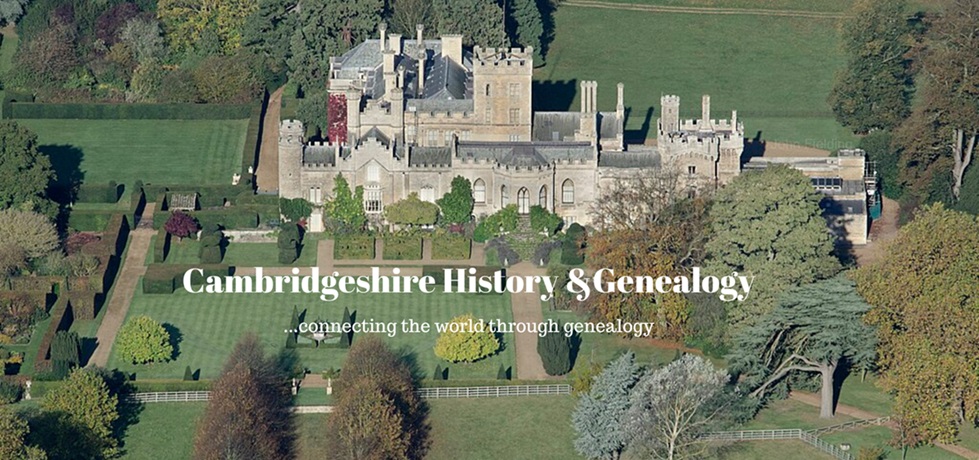A place in History
The name Burwell originted in Anglo-Saxon times and means 'the spring by the fort' (burg-welle). The village grew up ob the 'Fen Edge', where the fertile chalk uplands met the marshy fens, themselves rich in fish, water-fowl, reeds for thatch and peat for fuel. Throughout its history, this special location has uniquely shaped the lives of its inhabitants.
Burwell Castle Earthworks
In 1144, the rebellious Earl Geoffrey de Mandeville aws mortally wounded while attacking Burwell Castle - one of a ring of castles built by King Stephen to surround the Earl's refuge at Ely. The impressive castle aerthworks now mark the site.
Burwell Church
The church was described by Pevsner as "the most perfect example in the country of the Perpendicular ideal". Most of the church was built in the 15th century - probably by the same craftsmen responsible for Cambridge's King's College chapel - though parts date back to Saxon and Norman times.
The Devil's Dyke
This outstanding Dark Age (6th century) bank-and-ditch aerthwork stretches some 12km (7.5 miles) from the Suffolk hills to the Fen Edge. Its bank stands over 9m high. The Dyke is home to rare wild plants, and offers delightful walks and excellent countryside views.
'Discovering Burwell'
Illustrated map/guides to four village walks (produced by the Burwell History Society) are available from the Museum, the Post Office, the newsagent and the Village Library.
Burwell Lode
A Pleasant path follows this man-made waterway on which much of Burwell's historic prosperity depended. Cut mostly in the 17th century, parts may date back to Roman times.

www.burwellmuseum.org.uk
